Patriotic consumerism: Li-Ning sneakers for 50,000 RMB, anyone?
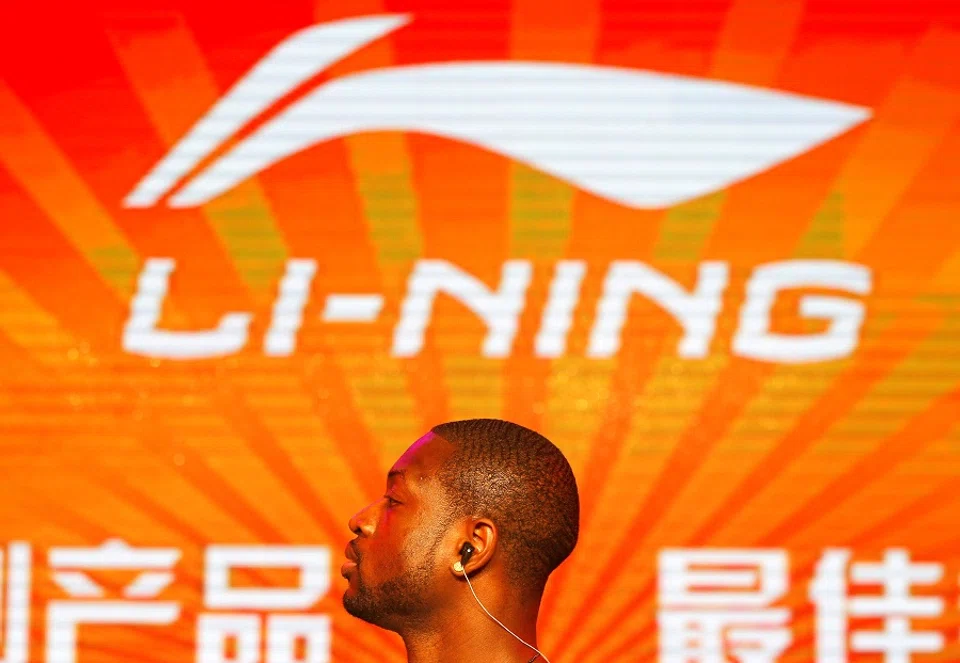
A few days after the Xinjiang cotton controversy broke out, I overheard the following conversation between two young men as I walked past a Nike store.
"Do you want to have a look inside?"
"I thought you just posted on Weibo yesterday that you are boycotting Nike?"
"Come on, I want to see if prices have dropped after people started to boycott the brand!"
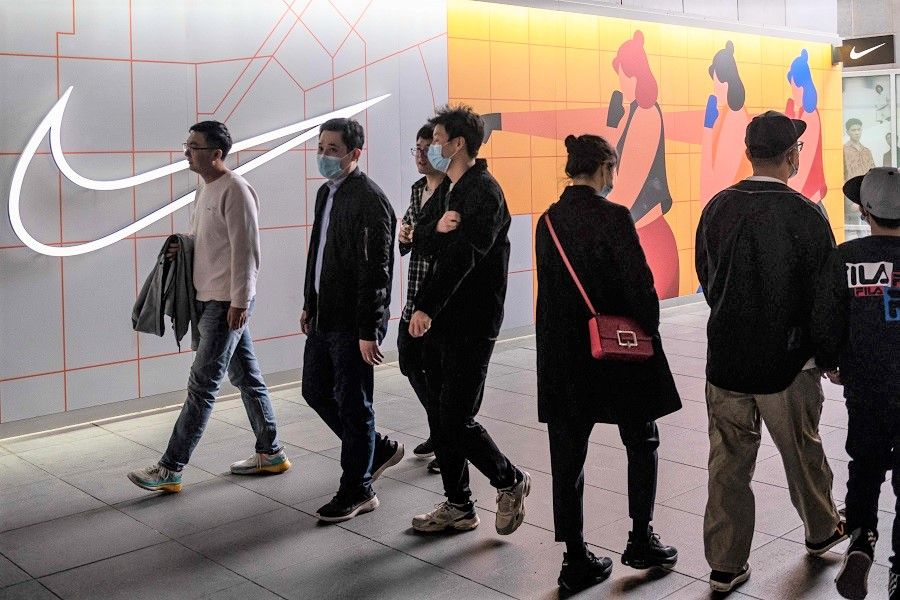
When the spirit is willing but the flesh is weak
Amid the overwhelming surge of voices online urging people to support Xinjiang cotton and to boycott foreign brands, this conversation shows the true sentiments of some Chinese. While many netizens claim that they will never buy products from foreign brands that refuse to use Xinjiang cotton again, some industry experts are skeptical about Chinese brands taking the opportunity to step into the void. After all, patriotic sentiments cannot be a mode of currency.
However, a recent price hike in the Chinese sports shoe market during the Qingming Festival holidays has indeed turned patriotism into cold, hard cash. Limited edition sports shoes of Chinese brands like Li-Ning and Anta Sports skyrocketed overnight on trendy online shopping platforms. The price of a pair of Li-Ning limited edition sports shoes even soared from 1,500 RMB (S$307) to 50,000 RMB, an increase of over 30 times.
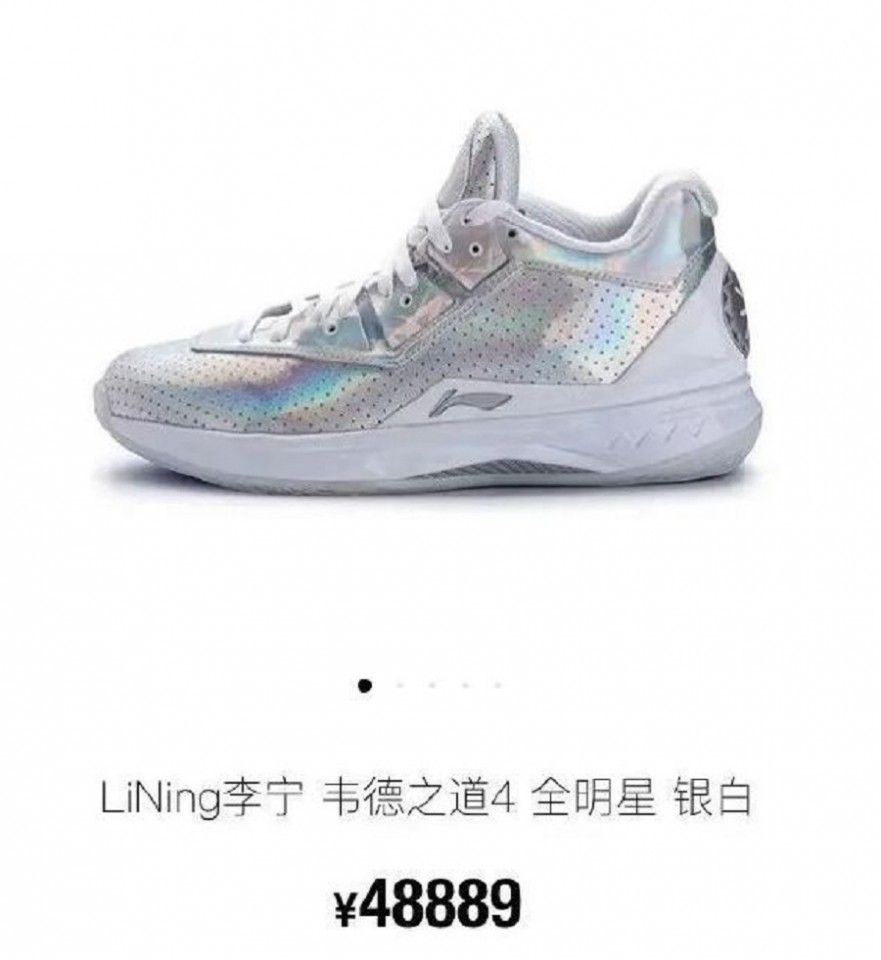
After the incident caused a furore, over 20 pairs of sports shoes whose prices had skyrocketed within a short amount of time were quickly taken off the shelves. The shopping platforms also banned three sellers who had allegedly jacked up the price of the shoes with malicious intent. Chinese state media People's Daily and Xinhua News Agency condemned such speculative activities on domestically produced sports shoes, calling it an exploitation of the people's patriotic support. A commentary on Xinhua News Agency said that if the "speculation of shoes'' resulted in sports shoe fanatics being unable to buy the sports shoes that they wanted, it would lead to a loss of consumer trust in domestic brands, and the brands' development would also be stymied by such short-sighted behaviour.
In fact, even before the price hike, "China Li-Ning (中国李宁)", a brand under Li-Ning, was riding the waves of guochao (国潮, lit. national hip, referring to domestic brands that incorporate Chinese traditional style and culture in their modern designs) and selling its products at a much higher price than similar products of other brands. Making its debut at New York Fashion Week in 2018, its most prominent trademark was four big Chinese characters 中国李宁 printed on its apparel. The price range of this emerging trendy brand is at least twice that of regular Li-Ning products. But in the year that it was launched, over 5.5 million pieces were sold, boosting retail sales by 42%.
Post-95 Generation Z-ers are prime target
Who are those willing to spend twice the amount of money on products with Chinese emblems? Chinese youths. The main target audience of China Li-Ning are youths aged between 18 and 25. Its designs are rich in Chinese elements, such as Chinese ink painting-themed sweaters, or clothing with the ping pong ball motif (as table tennis is China's national sport). While older-generation consumers think that these designs are not international enough, the younger generation seems to like them.
... out of nearly 1,000 university students in China, about 80% were willing to support Chinese brands, and 40% considered China products ahead of others in their purchasing.
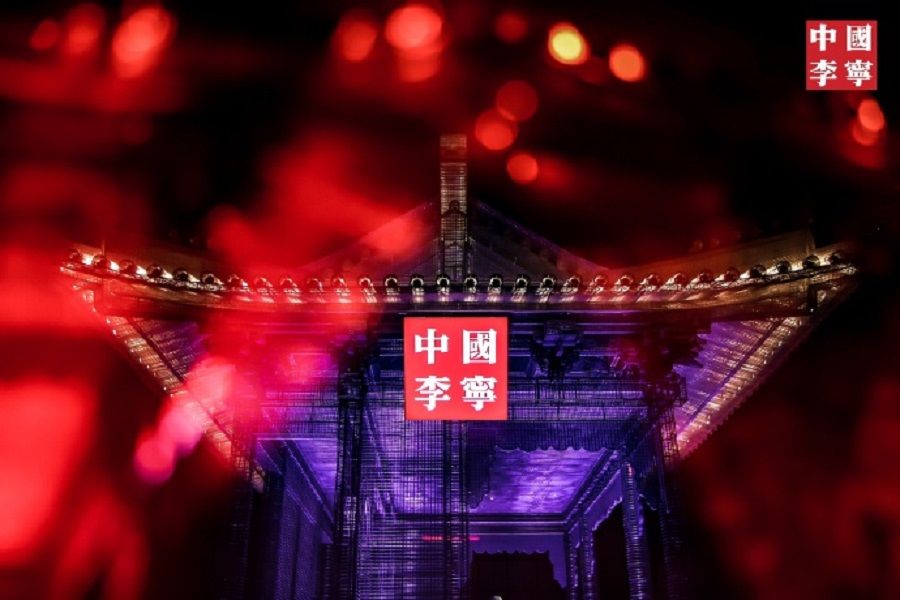
These post-95 Generation Z-ers grew up in a time of rapid growth and ample material supplies for China, and they have a stronger sense of national identity and pride than the previous generation. This group of digital natives also likes to try out new things; products with clear local characteristics, coupled with social media marketing channels - such as endorsements by internet celebrities - would capture the interest of young consumers and get them to buy these items, making consumerism in local products a trend. A study at the end of last year showed that out of nearly 1,000 university students in China, about 80% were willing to support Chinese brands, and 40% considered China products ahead of others in their purchasing.
On a macro level, the wave of support for China products aided by the recent furore over Xinjiang cotton happens to be in line with the authorities' aim of stimulating domestic demand through locally produced brands. Currently, consumption by the Chinese accounts for less than 40% of China's GDP, far lower than in the US, Europe, and Japan. As China faces the threat of international "decoupling", building a self-sufficient super-sized domestic market is especially urgent.

Can guochao sustain high-end domestic-driven consumerism?
However, from makeup to apparel, to big ticket items such as cars, most China brands are still pegged at the low to middle level, with a lack of high-end products that can go up against international brands. Most consumers of local brands come from second- and third-tier cities; in first-tier cities that have higher purchasing power and are more concerned with brand impact, international brands remain the mainstream consumer trend.
The Chinese government is obviously also aware of the bottleneck in the growth of local brands. In its 14th Five-Year Plan for 2021 to 2025 released last month, it clearly set out an initiative to build up Chinese brands - protecting and growing established brands and boosting the influence and competitiveness of homegrown brands, and taking the lead in developing China's very own high-end brands in makeup, apparel, textiles, and electronics.
How will Chinese brands close the technological and design gaps with international brands?
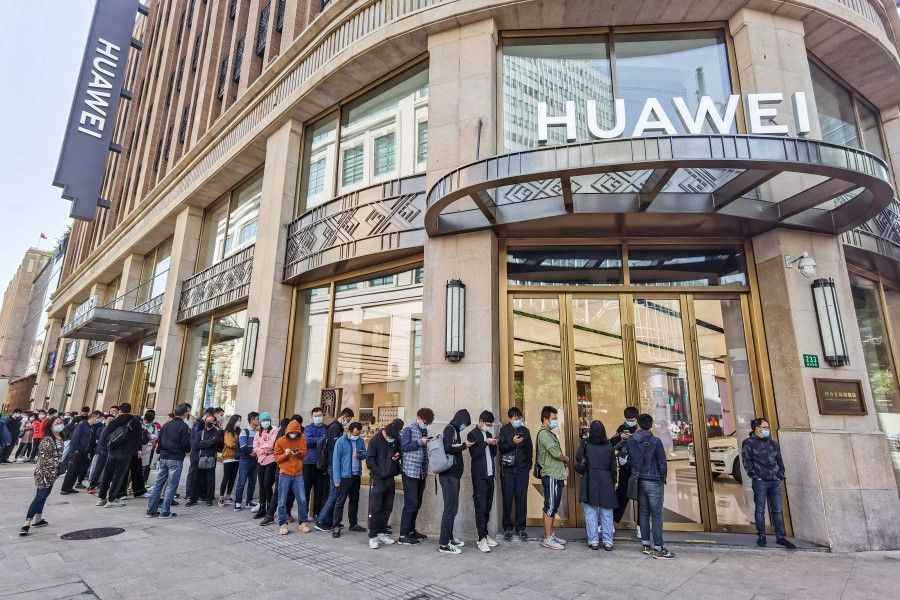
In the economic development of two other East Asian countries, namely Japan and Korea, there were also periods where the government set up barriers to protect local brands and the people supported local products, which led to the creation of globally recognised brands. But China's situation is different, as it faces "chokes" on core technologies in many fields, putting tougher obstacles in the way of elevating China brands.
How will Chinese brands close the technological and design gaps with international brands? If foreign brands were to pull out of the China market one day, would local goods alone satisfy the needs of Chinese consumers? In the future, would China come up with brands that can match globally recognised brands such as Panasonic or Samsung? That question cannot be answered with patriotism alone.
